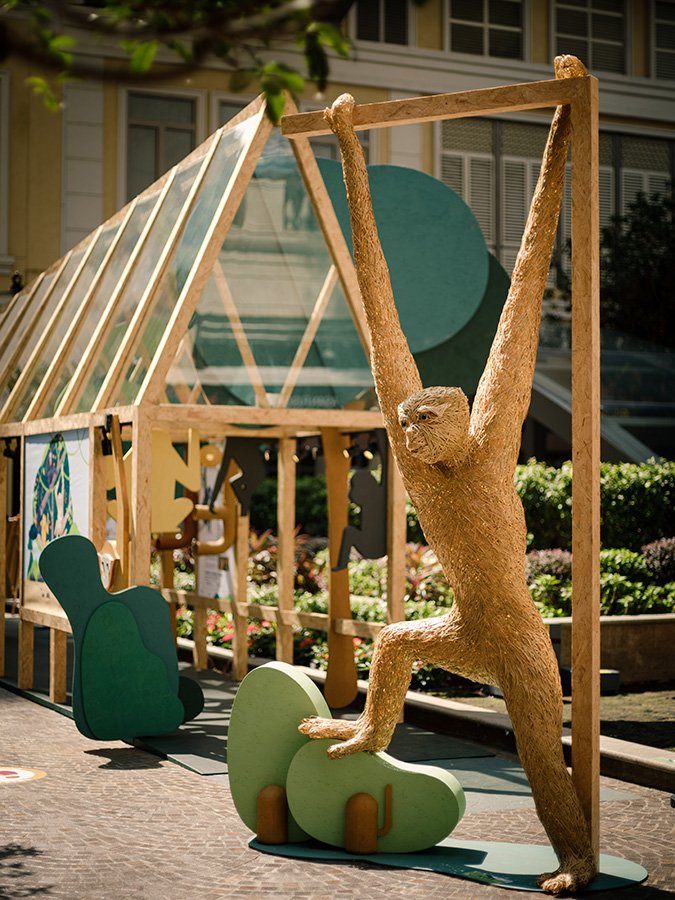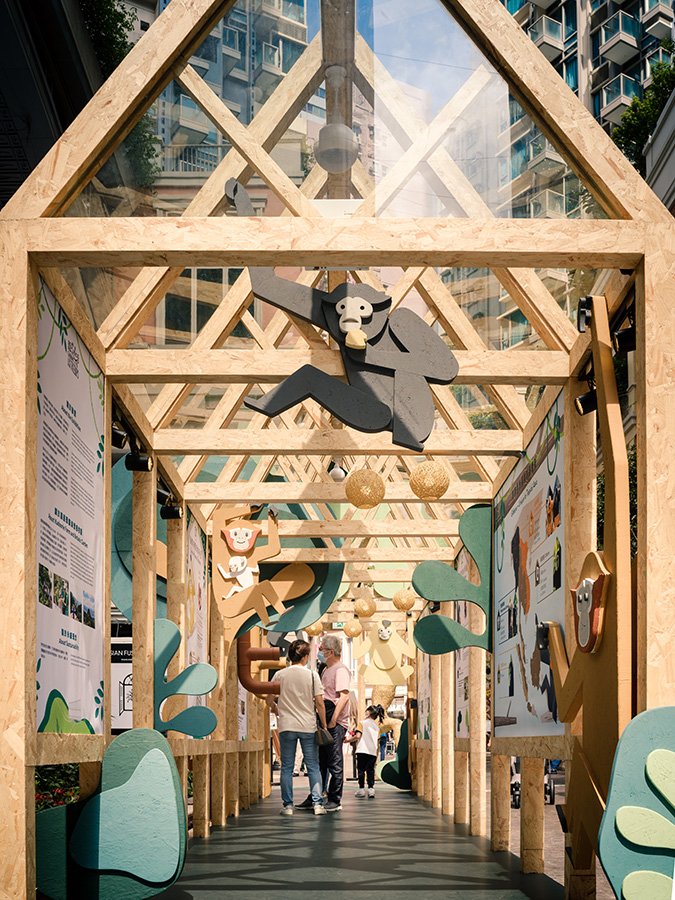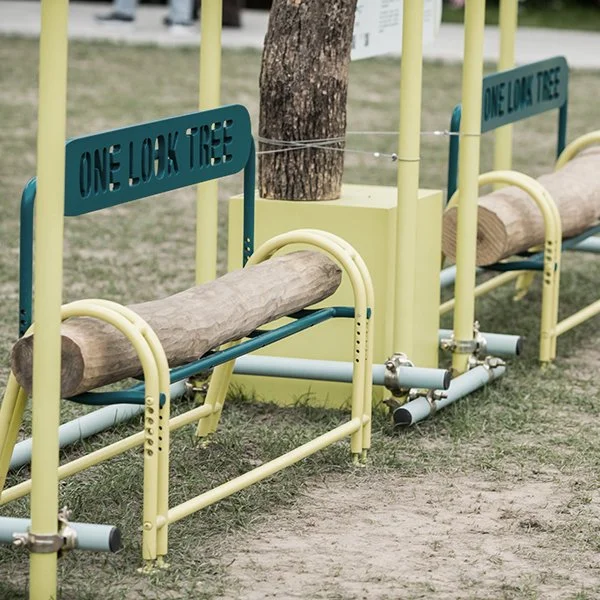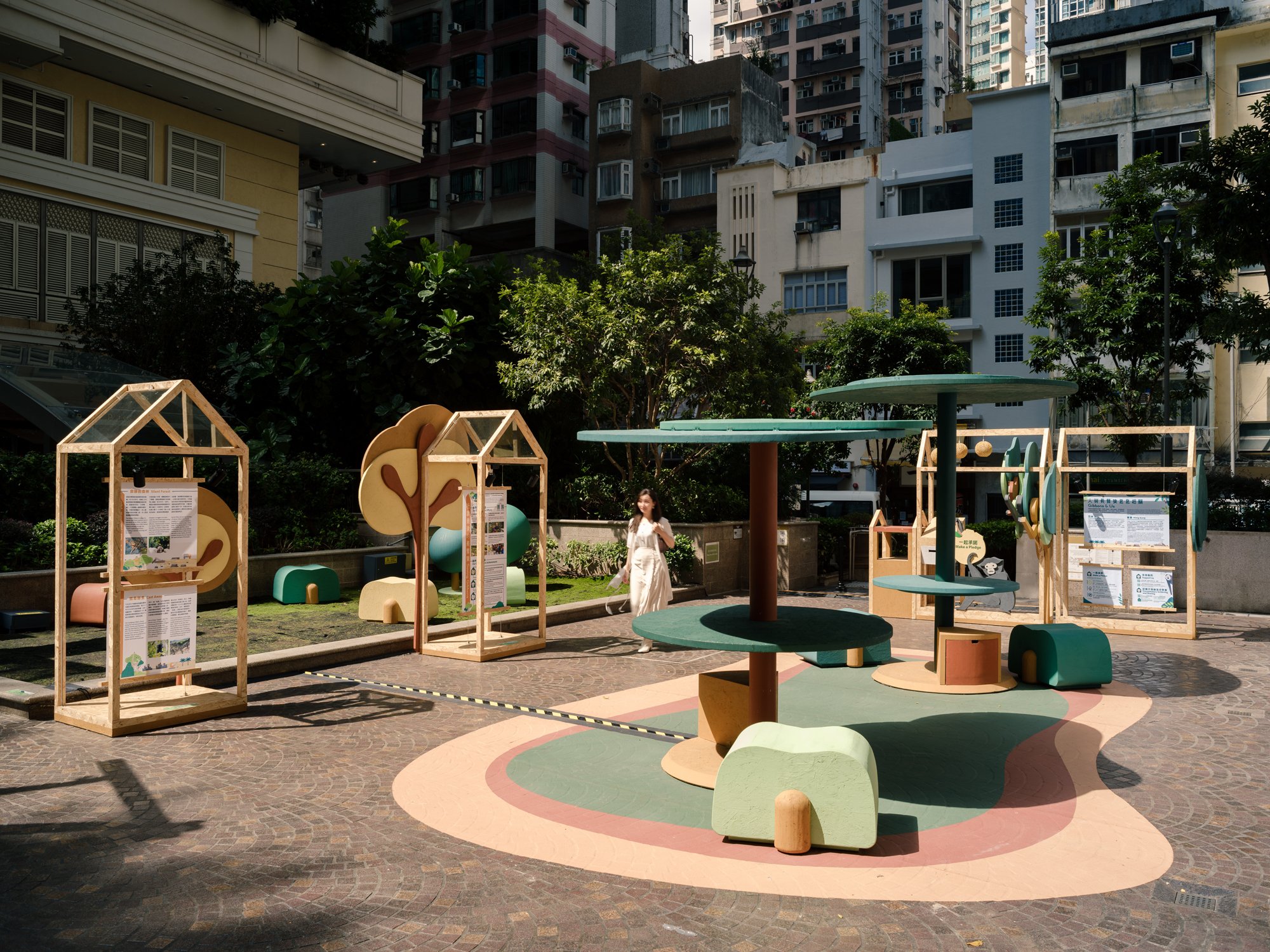
“The Gibbon’s Life in the Treetops” Exhibition | Hong Kong
“The Gibbon’s Life in the Treetops” Exhibition
-
Category: Art & Culture, Story-telling & Communications
Type: Outdoor | Exhibition | Workshop
Location: Lee Tung Avenue, Wanchai, Hong Kong
Client: Kadoorie Farm and Botanic Garden
Completion: 2021
Area: 2,000 sqm

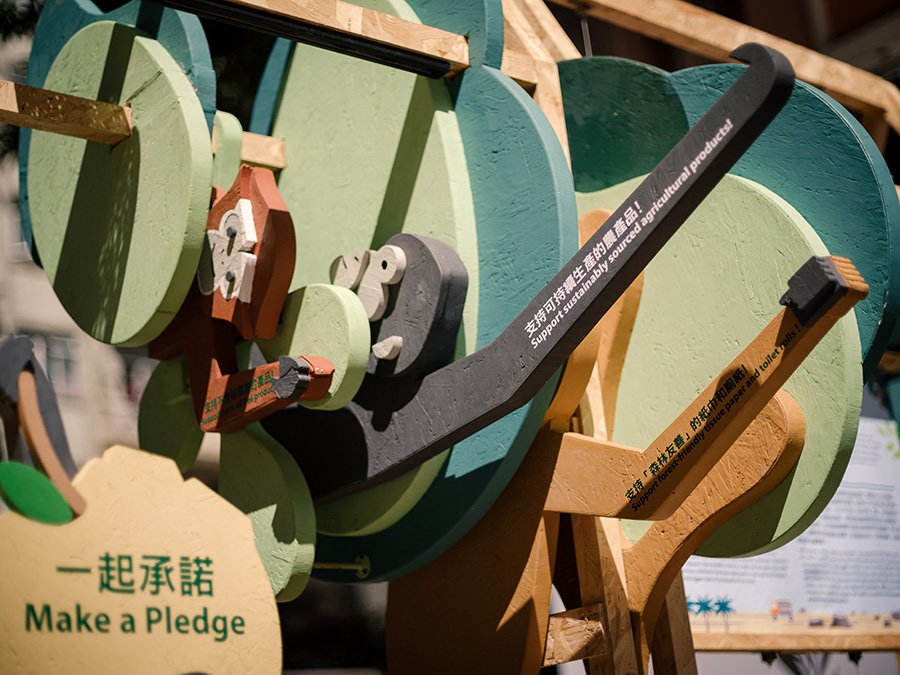
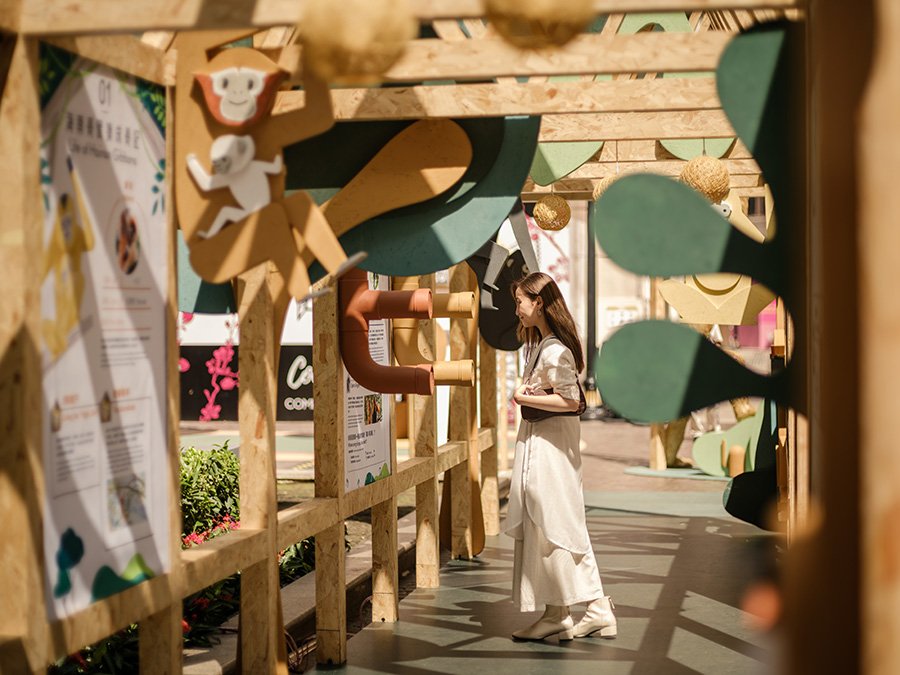
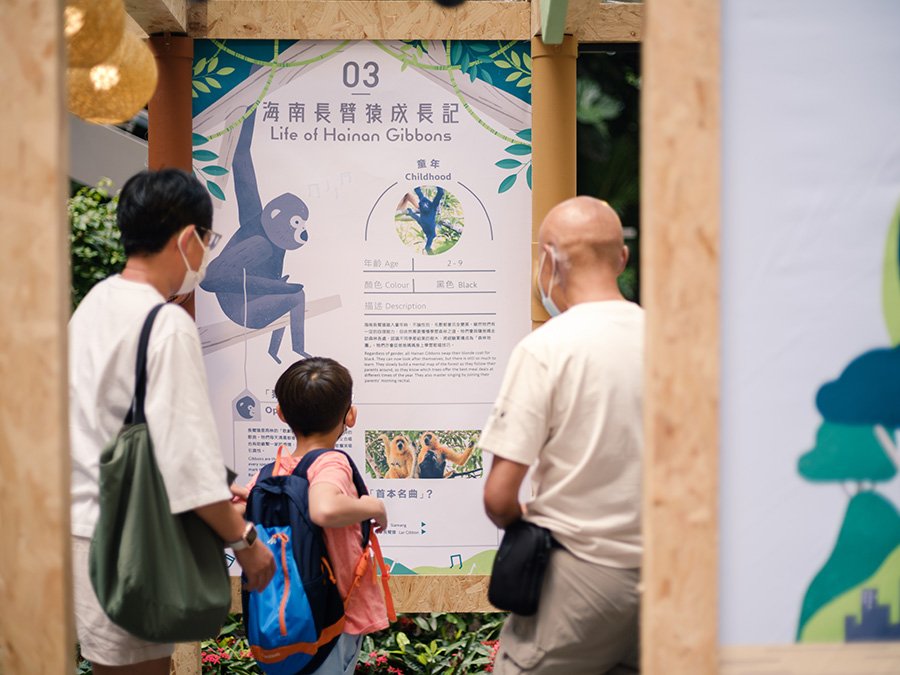
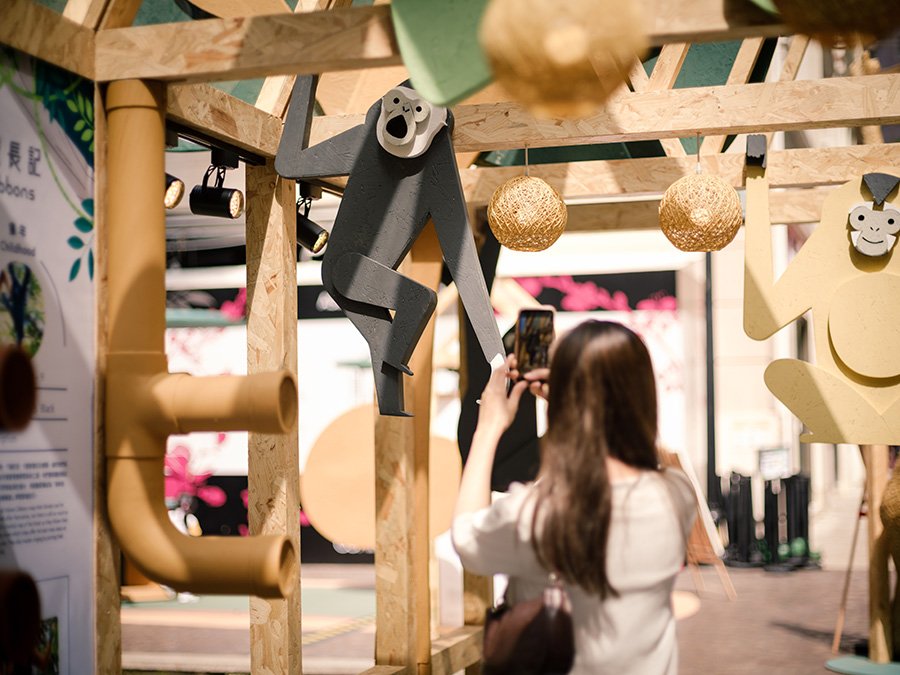
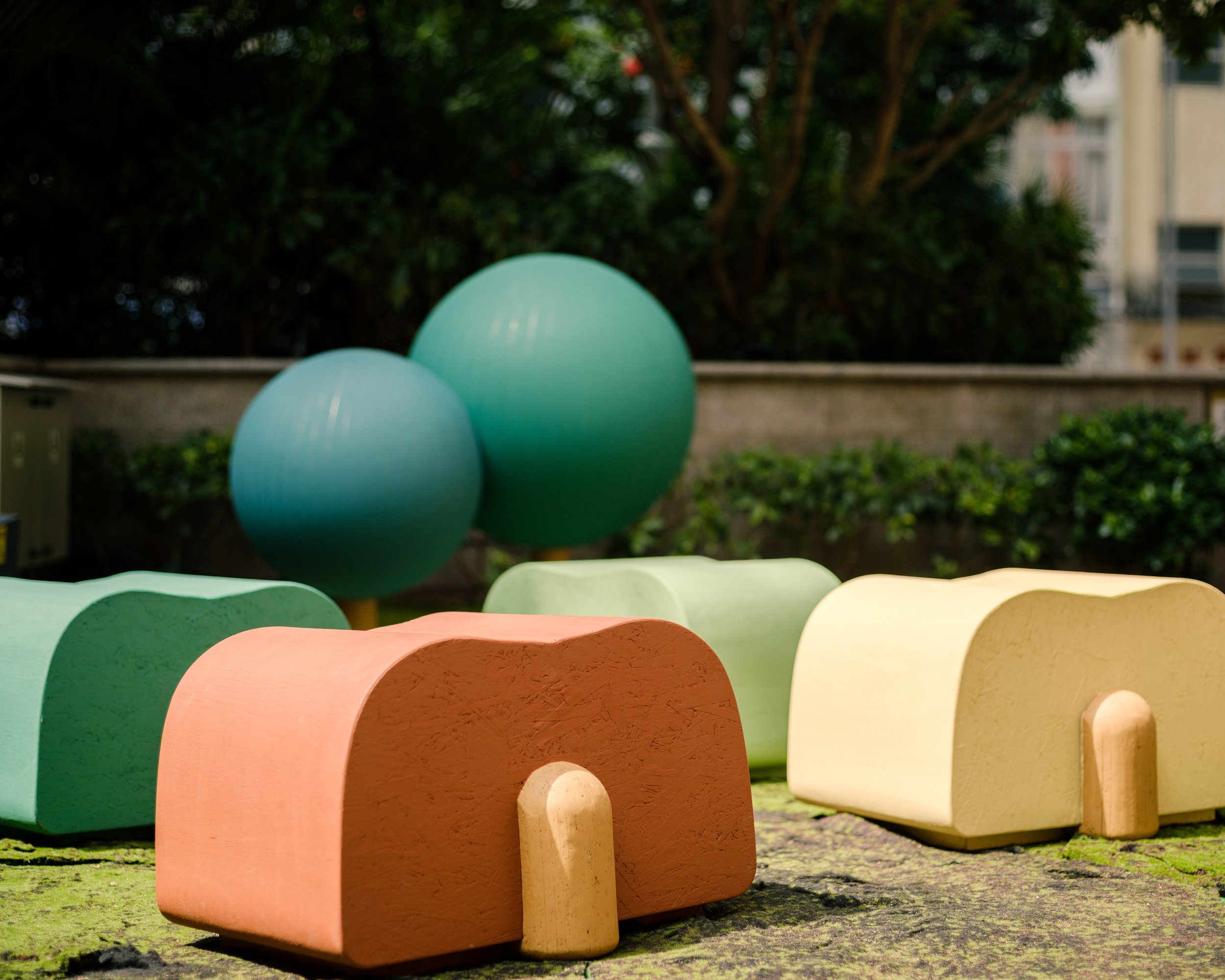

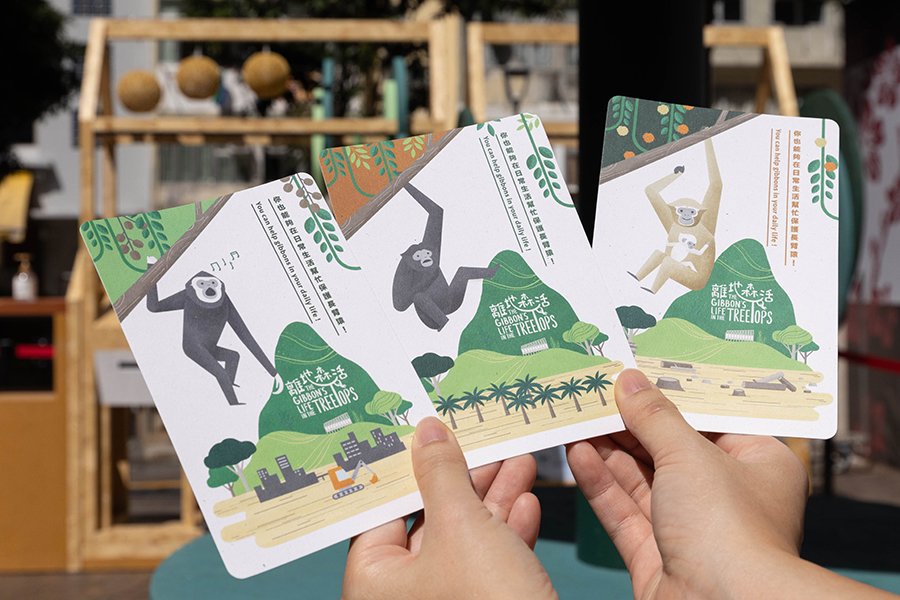
onebite was honoured to be the guest curator and exhibition designer for "The Gibbon's Life in the Treetops" exhibition organised by Kadoorie Farm and Botanic Garden (KFBG). It was held on Lee Tung Avenue in Wan Chai from 14 to 24 October 2021.
The exhibition was held to celebrate the International Gibbon Day on 24th October and to raise awareness for these endangered apes of Asia’s tropical rainforests. Since 2003, KFBG has been working tirelessly to pull gibbons back from the brink of extinction. In 2006, we re-discovered the Cao Vit Gibbon – thought to be extinct in China for almost half a century – along the Sino-Vietnamese border in Guangxi and facilitated the establishment of a national nature reserve. KFBG’s 18 years of tireless efforts have also seen the global population of Hainan Gibbon – the world’s rarest primate – increase from 13 in 2003 to 35 at present (out of less than 150 in China’s wilderness), and also improved the protection and scientific research of the largest population of Gaoligong Gibbon in China, which is one of the world’s most endangered primates.
Bringing the rainforest to the heart of the city.
“The Gibbon’s Life in the Treetops” exhibition sought to bring a reinvented research basecamp and rainforest into the heart of the city by transforming Lee Tung Avenue, a popular shopping mall, into a tropical rainforest research site. onebite hoped the public could leave the exhibition with a greater awareness of gibbons and the risks they faced in the fast shrinking tropical rainforests. This is especially so as we could not live without forests. Most of our commodities contain ingredients produced in a forest, or from forest destruction. Therefore, by supporting forest-friendly products, we can also help save natural forests in other parts of the world.
Through the exhibition, visitors could learn everything about gibbons from their operatic song, their special behaviours, their unique family structure to their different life stages. They can also learn about the troubles faced by two endangered gibbon species and how KFBG is helping to turn the tide; and find out how urbanites can contribute to gibbon and forest conservation.
Hence, our exhibition design sought to recreate the habitats of gibbons in an interactive and informative manner. Visitors were guided through the reinvented tropical forest research station, learnt about the life of the gibbons, listened to the different calls of the gibbons, joined one of the art workshops, grasped the threats faced by the gibbons and were encouraged to make a pledge for supporting forest-friendly products. If there is one exhibit that stood out in the exhibition, it was definitely the 3m tall gibbon sculpture made of bamboo, which took local artists over a month to create using traditional techniques.
At the foot of the sculpture, we designed decal stickers on the floor which gave interesting information tidbits about gibbons which answered common questions visitors might have about gibbons. For example, are gibbons a type of monkey; how many species of gibbons are there; and how long are the gibbons' distinctive arms? The stickers on the floor not only lead you to the answers, but also to the exhibition space.
-
An exhibition space inviting you to do “fieldwork”
The main exhibition space was designed as a pitched roof structure which resembled a field research tent. The rectilinear timber-framed structure was made with chipboard beams made of glue coated chips. As the small chips were glued together under heat and pressure in a press, these members were not only durable and waterproof, but also eco-friendly and recyclable.
The exhibition space offered space for displaying information panels and featured a variety of adorable gibbon displays which would entertain both children and adults. We also designed special tubes that allowed visitors to hear the unique sounds of different gibbon species and learn about their body structure, family relationships and life cycle. There was also information on how the KFBG helped to save endangered animals in Hong Kong, and how it protected gibbons and their habitats in China.
Interactive workshops to enhance ecology understanding
Another issue which KFBG wanted to raise the public’s attention was the gibbon’s habitat, which was closely linked to its survival. One of the displays in the exhibition highlighted the issue of deforestation. Their plight was illustrated by the dire situation faced by two endangered gibbon species, the Hainan Gibbon and the Goliath Gibbon, as their natural habitats are affected by human behaviour and human activities. Gibbons spent all their lives high up in the treetops of towering rainforest and are known for swinging from tree to tree like acrobats. But as their forest home was replaced by towns, roads and plantations, gibbon species are on the verge of disappearing forever.
As such, we designed backdrops for visitors to take photographs with cute gibbon characters and learn about the different characteristics of gibbons. By providing an interactive experience for the public, we wanted to encourage them to think about the relationship between Hong Kong's cityscape and the gibbons’ habitats and participate in conservation efforts to protect gibbons despite being in a city.
We also organised two craft workshops that allowed the public to incorporate gibbons in all their loveliness, into making delicate origami gibbons or a silk-screened tote bag featuring a gibbon design specially created for the workshop. Furthermore, KFBG organised documentary screenings and talks over weekends to provide more information on forests and gibbons.
Save the forest for Gibbons and us
-
For the "The Gibbon's Life in the Treetops" exhibition, onebite sought creative architectural possibilities to transform the exhibition space into an interactive installation that engaged the whole family on the important topic of gibbon conservation. The two workshops accompanying the exhibition increased the interactivity and engagement for visitor on wildlife protection.
In terms of sustainability, the exhibition design utilised eco-friendly glued woodchip materials. The subject itself also broached important environmental issues, such as the problem of deforestation which affect the survival of gibbons and the need to advocate for more forest-friendly goods. Through the exhibition, onebite hoped to encourage visitors not only on how to live sustainably, but also to raise awareness of endangered animals and be concerned about environmental issues beyond our living environment.
Design for Good ValuesPositive Impact
ESG/ Sustainability Factors
Environment
- Environmental Management
- Environmental Education
-
-
Collaborators: &dear & Breathrough Art Studio
Photographer: Kadoorie Farm and Botanic Garden, Tai Ngai LungOne Biters: Alan Cheung, Gulu Tang, Rainee Wong, Sarah Mui
-
#exhibition #internationalgibbonday #gibbons #forest #deforestation #environmentalsustainability
Related Projects


